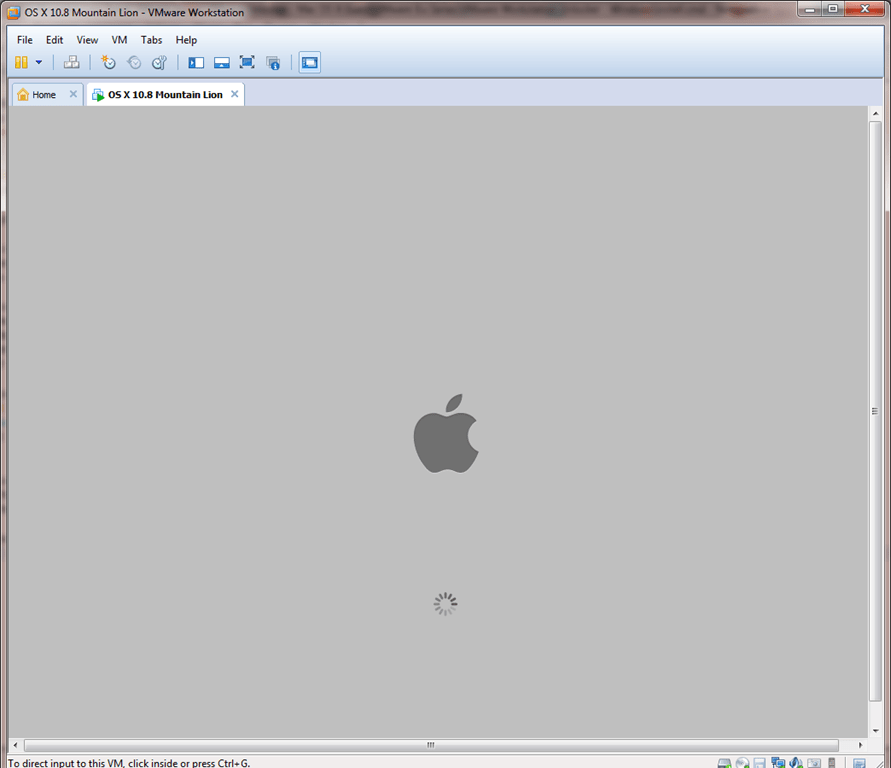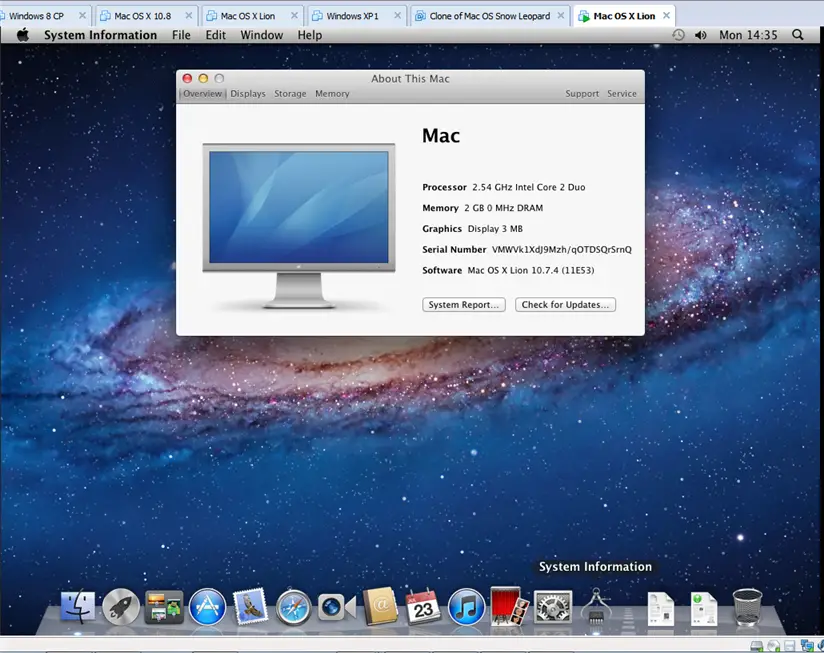

Update: seems to have disappeared from the face of the earth, here’s the walkthrough repeated below via Google Cache:Įverything ready? Then check out the great walkthrough from ObviousLogic: Installing Lion in VMware, it’s broken down into 12 steps that are easy to follow. If you’re curious, you can read my review of 8GB RAM upgrade for a MacBook Pro where I detail the advantages of having a bunch of memory. With how cheap RAM is these days, I consider it an essential upgrade for power users. Regarding the RAM requirement, VMware and virtual machines in general perform best with a lot of RAM, if you plan on using them often on your Mac it’s highly recommended to upgrade to 8GB.

Mac OS X 10.7 Developer Preview – developers can download this from Apple.Requirements to Install & Run Mac OS X 10.7 Lion in VMWare: Anyway, if you want to try out Lion in a VM, here’s what you’ll need: Having a dedicated partition will ultimately perform better and the installation process is a lot easier than setting this up to run in VMware. If you’re serious about Lion development, remember that virtual machines have their limitations, and you should probably just setup a dedicated partition to run the developer preview directly. This is really only recommended for more technically inclined Mac OS X users. If you want to run Mac OS X 10.7 Lion Developer Preview but you don’t want to bother setting up another partition or upgrading your existing Mac OS X 10.6 installation, you can go with a third option: running Lion in a virtual machine with VMWare. The older method is repeated below for posterity sake: Installation of Lion is extremely fast, and you are then able to boot and use your virtual OS X 10.7 install. Choose Continue and select your settings, and boot the VM.Locate the “Install Mac OS X Lion.app” (here’s how to redownload Lion from the App Store) in your /Applications/ folder and drag that into the “New Virtual Machine Assistant” window.


 0 kommentar(er)
0 kommentar(er)
